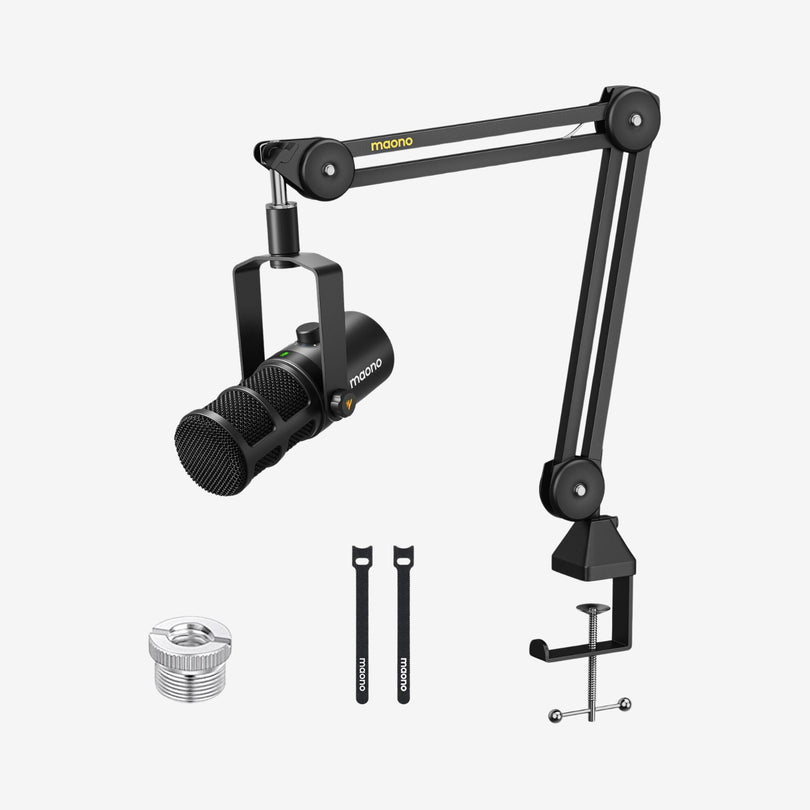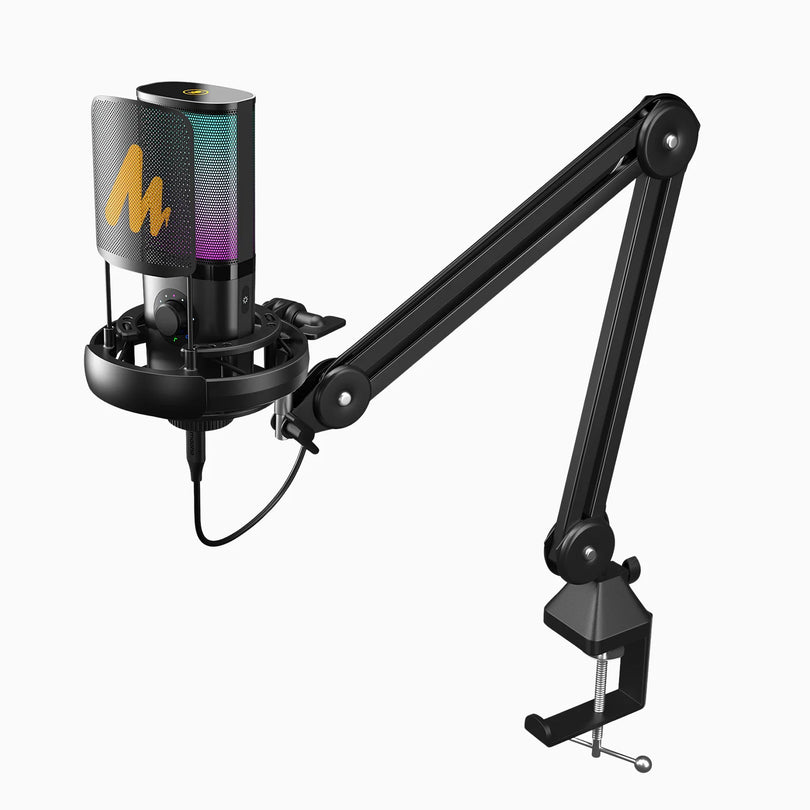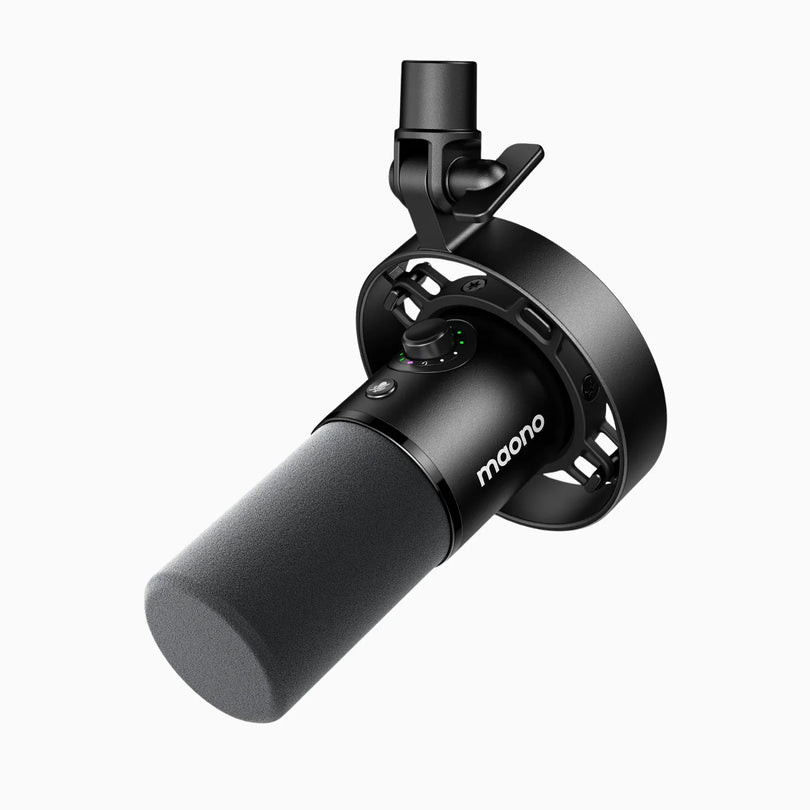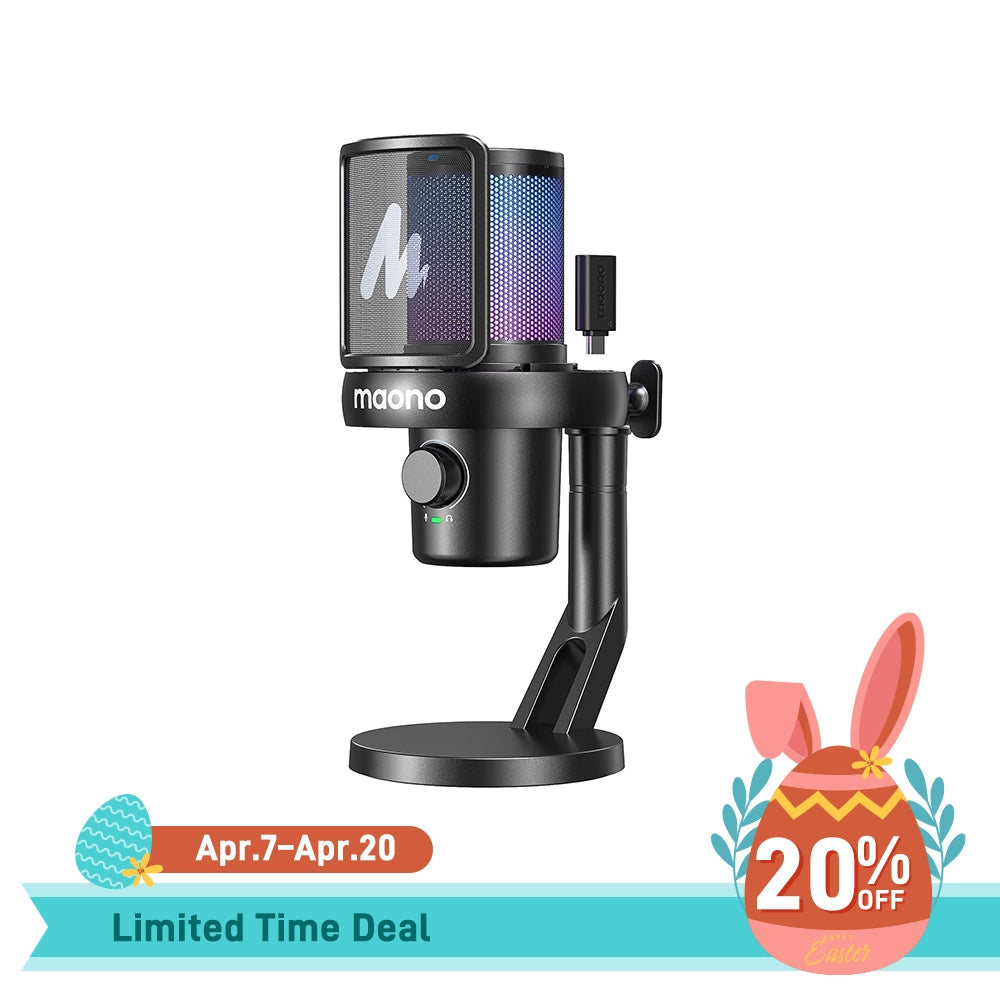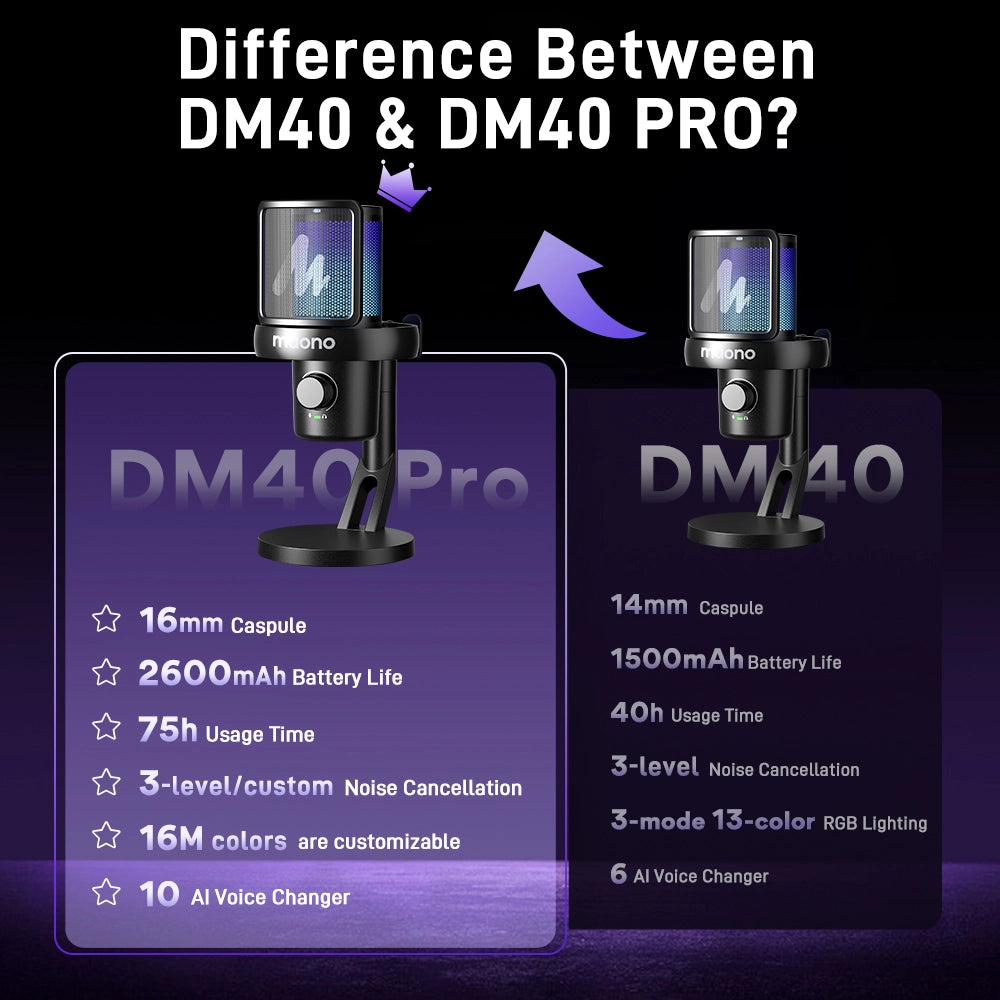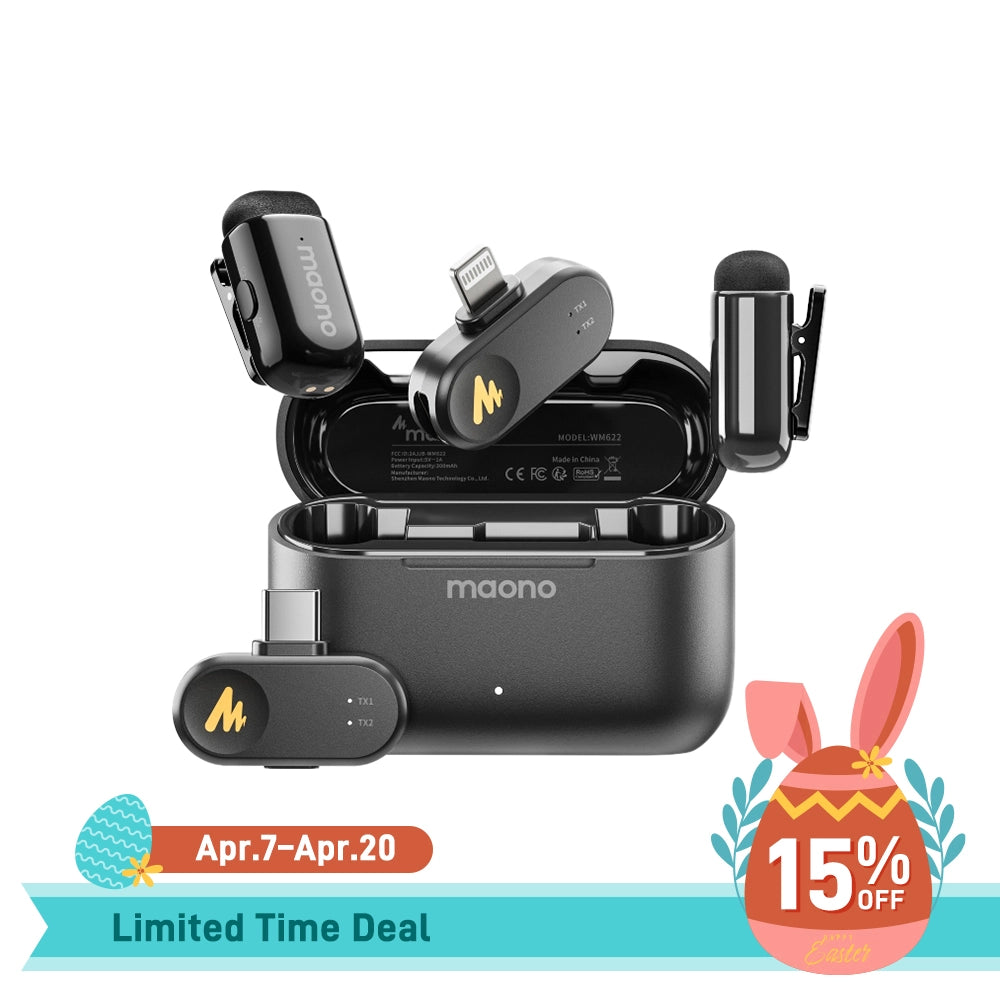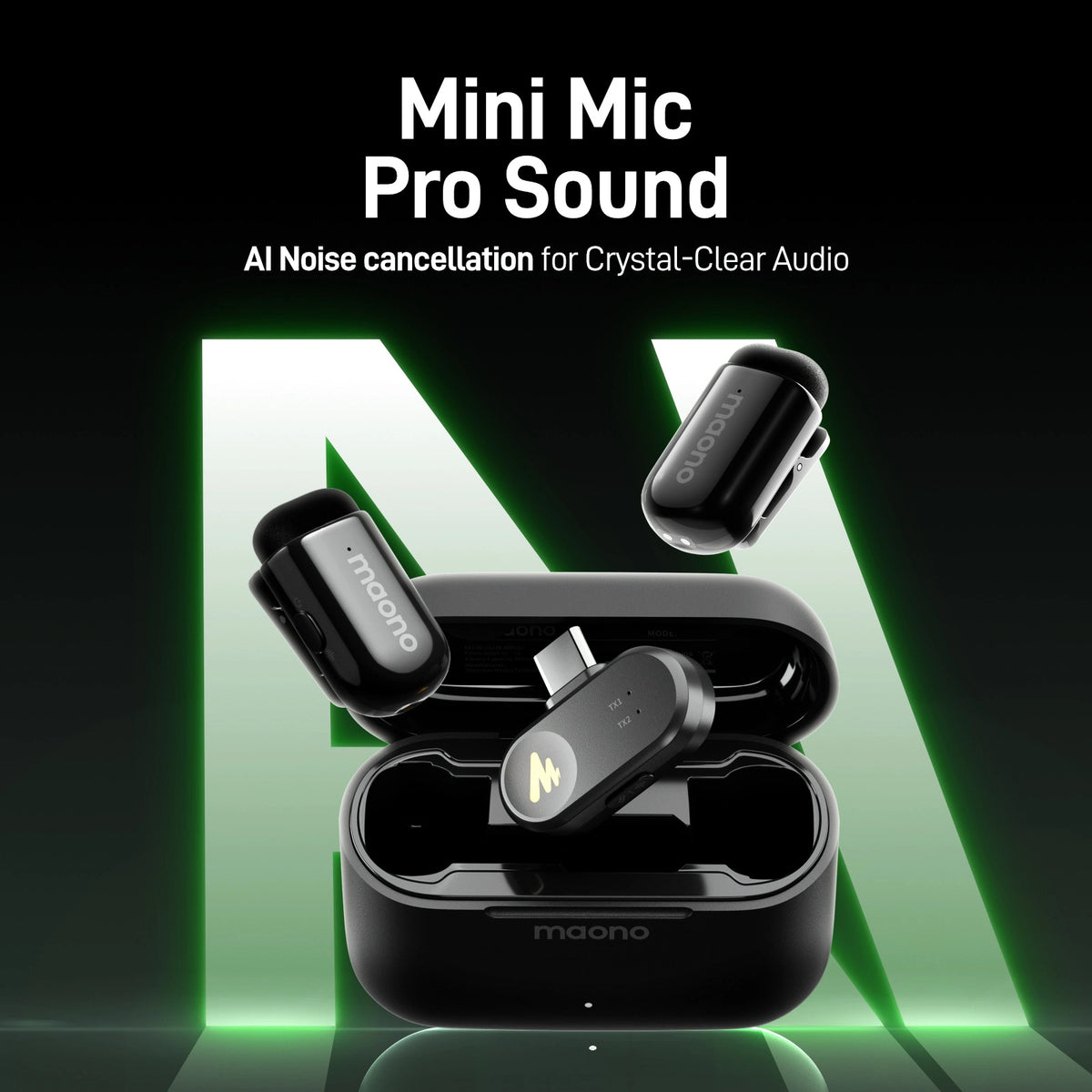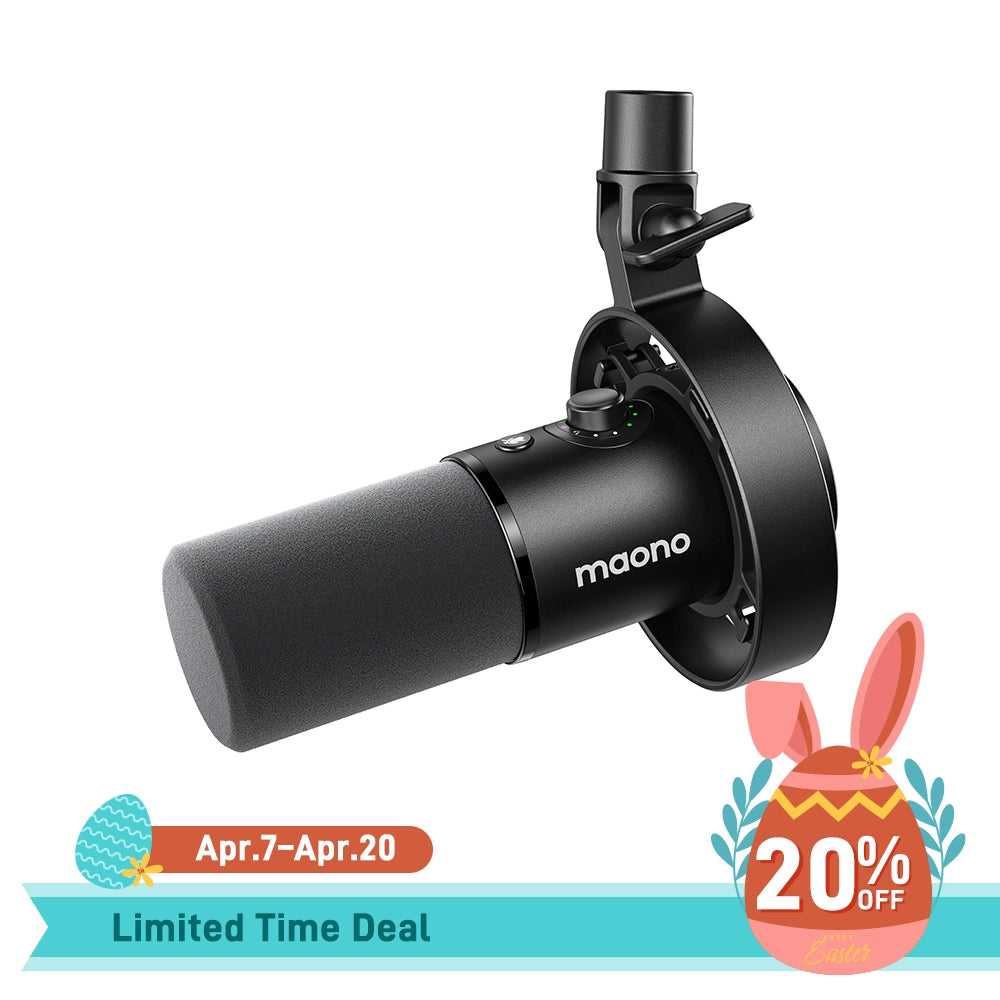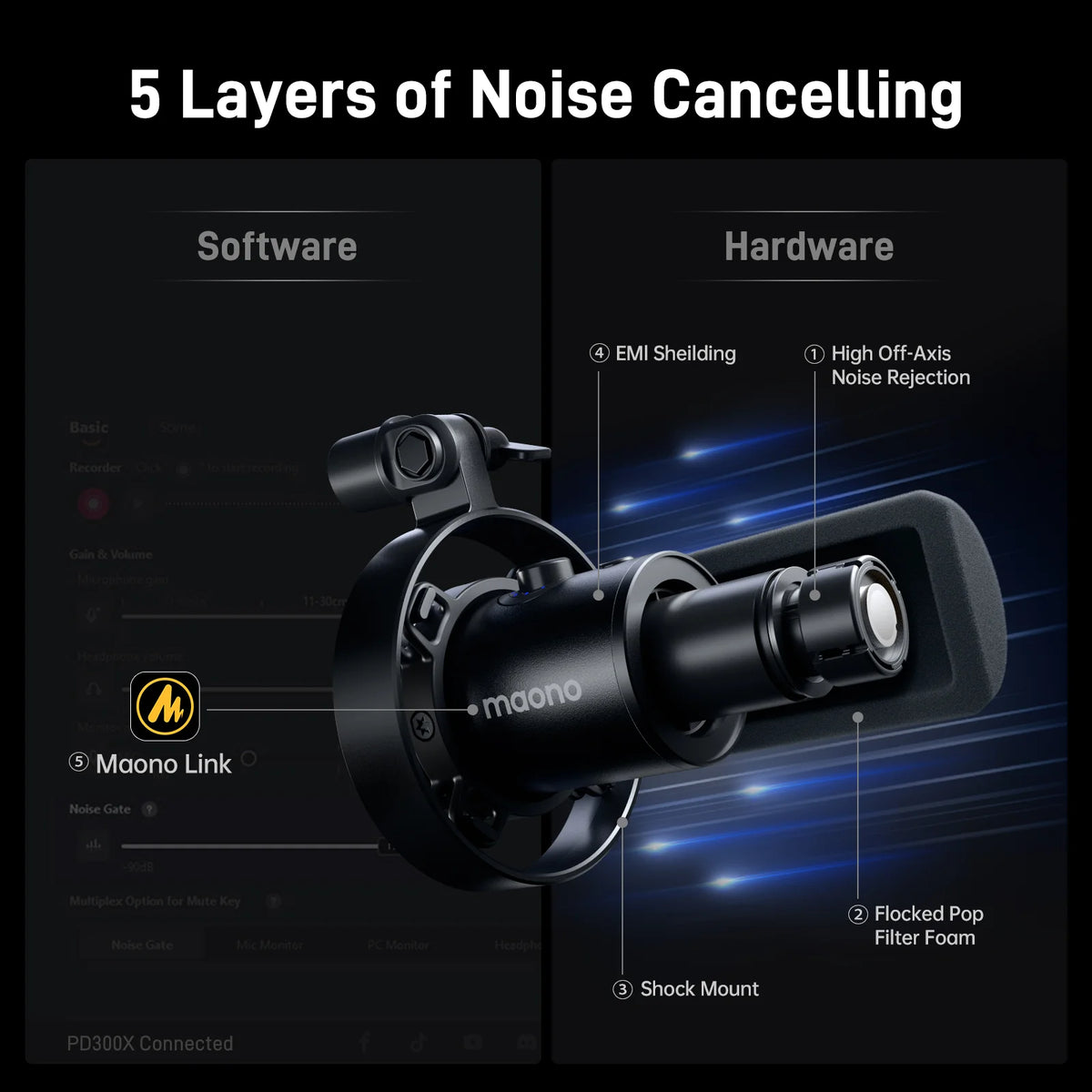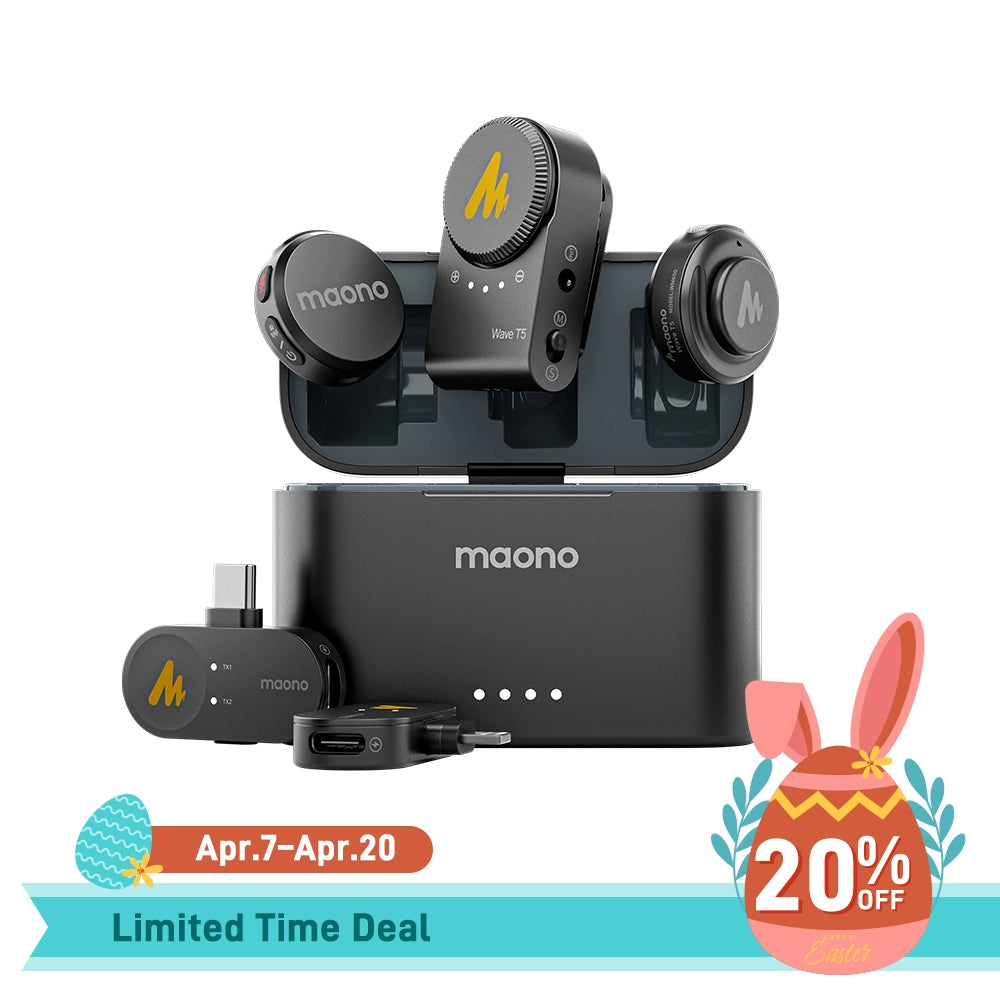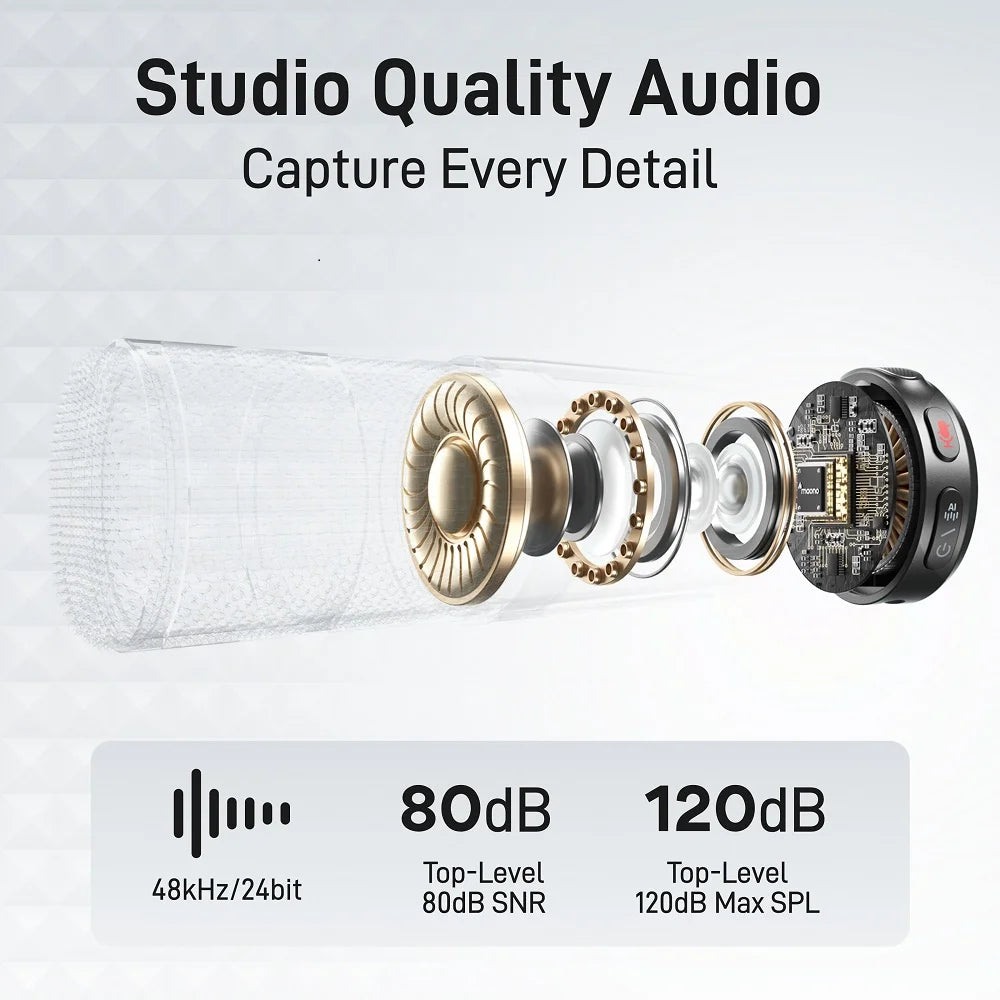You love cooking and still love to learn about new recipes everyday. Preparing salads and a low carb diet is your food specialty and you want to share your recipes and at the same time make money online. As a beginner, there are so many questions in your mind that you want to clarify before going online such as: "How do I sell my Own recipe ebook or online cooking course?" Or "How to monetize my small cooking vlog channel?" In this article we will explore the answers to these questions.
In the world of digital content creation, food vlogs are more popular than ever. From step-by-step tutorials on how to make sourdough bread to fast-paced shorts of colorful smoothies, food creators are attracting millions of hungry viewers. But how do you turn this passion into a reliable income stream? Whether you’re just starting or already growing a modest YouTube channel, knowing how to sell your own recipe e-book or course is key to monetizing your content.
So, what’s the best way to monetize a small food YouTube channel? The answer is a mix of smart content planning, leveraging passive income streams, securing brand deals, and ensuring high production quality—especially with audio gear like a portable speaker microphone set and a reliable wireless recording mic. In this guide, we’ll break down all of it, including how to price brand collaborations, earn ad revenue, and why using the right wireless microphone like the Maono Wave T5 or Wave T1 Mini can boost the professional appeal of your cooking videos.

Is It Worth Creating an Online Cooking Course to Sell?
Creating an online cooking course is a powerful way to establish yourself as an authority in your niche while generating consistent income. Unlike one-off YouTube videos, a course gives you a product to sell repeatedly, especially if it's hosted on platforms like Teachable, Gumroad, or Kajabi.
Cooking courses can target beginners (e.g., “Knife Skills 101”), niche diets (e.g., vegan baking), or cultural specialties (e.g., traditional Thai street food). Bundle your best recipes, provide downloadable PDFs, and film in-depth tutorials. If you already have an audience, this can be a seamless extension of your brand—especially when paired with clear audio delivered via a wireless recording microphone and portable speaker system with mic for live-streamed demos.
How Do I Price a Brand Collaboration or Recipe Feature?
Pricing depends on your audience size, engagement rate, content quality, and niche. Food content is advertiser-friendly, so brands often have a budget for collaborations. For small food vloggers (1,000 to 10,000 subscribers), brand deals can start at $100 to $500 per video. Mid-tier creators may command $500 to $5,000, especially if there's a multi-post package including Instagram, Reels, or blog exposure.
When quoting your rate, consider production costs (ingredients, time, editing) and tools used, including high-quality portable speaker systems with microphone that improve your overall presentation. Brands notice professionalism, and investing in gear like the Maono Wave T5 wireless recording mic helps ensure your pitch—and your audio—are crystal clear.
To price your recipe feature or product inclusion:
-
Base your rate on your CPM (Cost Per Mille) or per 1,000 views (see below).
-
Add value for original recipe development or product integration.
-
Provide brands with deliverables: “1 YouTube video + 3 Instagram stories + 1 post.”
Always negotiate based on usage rights, exclusivity, and turnaround time.
How Do I Turn My Cooking Vlog into a Full-Time Income Stream?
A full-time food vlogger typically diversifies income. Here's how:
-
AdSense Revenue
Your main YouTube monetization source. Consistent uploads help, but you can still earn with fewer videos if the views are high-quality and evergreen.
-
Affiliate Marketing
Recommend tools and ingredients with affiliate links (Amazon Associates, ShareASale).
-
Digital Products
Sell your recipe e-book or online course.
-
Brand Collaborations
Partner with food or kitchen brands.
-
Patreon or Subscriptions
Offer members-only recipes, behind-the-scenes content, or cooking classes.
-
Merchandise
Sell custom kitchen tools, aprons, or spice blends.
-
Live Cooking Classes
Host via Zoom or social media.
Consistency, authenticity, and high-quality production go a long way in building trust and repeat business.
Can I Earn Ad Revenue If I Only Upload One Video a Week?
Uploading once a week is actually a sweet spot for many food vloggers. It gives you enough time to plan, shoot, edit, and promote a high-quality video. YouTube values watch time and engagement more than frequency. A well-optimized video can continue earning for months or years.
If your weekly video attracts thousands of views consistently, you'll generate AdSense revenue passively. Prioritize search-friendly, evergreen recipes—for instance, “How to Make Homemade Pasta” has a longer shelf life than a seasonal video like “Halloween Cookies 2024.”
To maximize each upload:
-
Use engaging thumbnails and titles.
-
Optimize for search with relevant keywords.
-
Ensure your audio is clean by using a wireless recording mic like the Maono Wave T5.
-
Cross-promote on social media platforms.
In fact, even one well-produced video—featuring great visuals and pro-level sound using a portable speaker microphone set—can snowball in views and shares, bringing long-tail revenue over time.
How Do I Get Brand Deals as a Food Vlogger?
Getting brand deals involves a combination of outreach, consistency, and professionalism:
-
Build a strong media kit
Include your channel stats, niche, audience demographics, past collaborations, and content examples.
-
Tag brands organically in your videos and social posts.
If they notice you already love their product, they’re more likely to work and engage with you.
-
Pitch directly
Reach out to PR teams via email or Instagram DM. Be concise and explain how a collaboration benefits them.
-
Use platforms like Grapevine, Channel Pages, and AspireIQ
In order to find sponsorships suited for creators.
-
Showcase professional presentation
High-quality audio from a wireless recording microphone helps elevate your brand
-
Collaborate with other creators
Creating an online presence is possible by means of collaboration with other fellow content creators or sharing audience with a renown influencer that shares similar interest
Even with a small audience, you can get deals if your content is high-quality and your followers are engaged. Also, mentioning and using gear like a portable speaker system with mic in your videos can even attract tech and kitchen equipment brands that may offer affiliate partnerships or sponsorships
Is It Possible to Sell Recipes or Cooking Courses Directly from My Vlog?
Yes! Many creators link their digital products right in the video description, using:
-
Payhip or Gumroad to sell recipe PDFs or books
-
Teachable or Podia for online cooking classes
-
Linktree or Koji to create a central hub for all your links
-
YouTube’s own product shelf or pinned comment to direct people to your store
Encourage sales by offering value-packed bonuses or limited-time discounts. Show behind-the-scenes footage or testimonials from people who tried your course.
What’s the Average CPM (Cost Per 1,000 Views) for Cooking Videos?
Cooking channels tend to have higher CPMs than other YouTube niches. Depending on the audience location and advertiser interest, food vloggers can expect a CPM between $4 to $20. For example:
-
U.S.-based audiences generally yield a higher CPM.
-
Channels focused on kitchen tools, meal prep, or health recipes attract advertisers willing to pay more.
To boost your CPM:
-
Keep videos longer than 8 minutes for mid-roll ads.
-
Include SEO-friendly titles, tags, and descriptions.
-
Create advertiser-friendly, family-safe content.
Is a Lavalier Mic Better Than a Shotgun Mic for Food Content?
For food vloggers, lavaliers (or lapel mics) are usually more practical. Unlike shotgun mics, which require careful directional placement, a wireless lavalier microphone clips to your shirt and captures your voice as you move around freely—ideal when you’re cooking, plating, or tasting.
The Maono Wave T5 and Wave T1 Mini both function as wireless lavalier systems, giving you clear, steady audio whether you're flipping pancakes or addressing your audience. Pair these with a portable speaker microphone set for live cooking demos, pop-ups, or mobile classes.
Recommended Lavalier Mics for Cooking Vlogs
Content quality drives everything. A good camera is vital, but clear sound is even more important. A wireless microphone is crucial especially when you're moving around the kitchen or recording outdoors. Both the Maono Wave T5 and Maono Wave T1 Mini are excellent choices here. These mics deliver professional-grade audio, are easy to set up, and pair seamlessly with mobile devices, DSLRs, or laptops.
The Maono Wave T5, for instance, is a wireless recording mic system that’s compact and reliable, with real-time monitoring and noise reduction—ideal for capturing sizzling sounds, voiceovers, or even ambient kitchen chatter without distortion. If you're shooting solo or on the go, its portable speaker with microphone set compatibility can also enhance live demos or community classes.
Meanwhile, the Maono Wave T1 Mini is a fantastic budget option for beginner food vloggers. This wireless recording microphone comes in a lightweight design, offering plug-and-play functionality for smartphones. It’s perfect for quick recipe clips, voiceovers, or casual cooking tutorials where simplicity and mobility are key.
Maono Wave T5 Wireless Microphone

The Maono Wave T5 is a dual wireless mic system perfect for food creators who want professional-grade audio. Notable features include:
- Delivers stable transmission
Clear audio transmission even up to 300 meters or 1000 feet.
-
Lapel clip-on design
Hands-free and ideal for kitchen mobility.
-
Real-time monitoring and noise cancellation
Keep your voice crisp even with sizzling pans in the background.
-
Camera and smartphone compatibility
Versatile for DSLR, mirrorless, and mobile setups.
Its sleek design, ease of use, and broadcast-quality sound make the Maono Wave T5 one of the best wireless microphones for cooking content creators.
Maono Wave T1 Mini Wireless Microphone

For creators just getting started, the Wave T1 Mini is a compact and budget-friendly option:
-
Plug-and-play wireless system
No complex setup needed.
-
USB-C and Lightning options
Connects directly to iPhone or Android.
-
Small and lightweight
Doesn’t interfere with cooking motions.
-
Noise reduction
Essential for indoor kitchens with background noise.
This mic is an excellent choice if you primarily shoot with your smartphone and need clear voice capture on a tight budget.
Conclusion
Monetizing your food vlog doesn’t happen overnight—but with the right strategy, consistent content, and professional-quality production tools, it’s absolutely possible. From selling recipe e-books and online courses to landing brand deals and optimizing ad revenue, there are multiple ways to turn your passion for food into income.
Audio quality is often underestimated, but it plays a vital role in keeping your audience engaged and returning for more. Investing in tools like the Maono Wave T5 or Wave T1 Mini, along with a solid portable speaker system with microphone, ensures your voice—and brand—comes through clearly.
Whether you're sautéing, sizzling, or storytelling, great sound elevates every bite of content you create. Create enticing content with Maono’s wireless microphones—grab them now for less! Limited-time offer!


